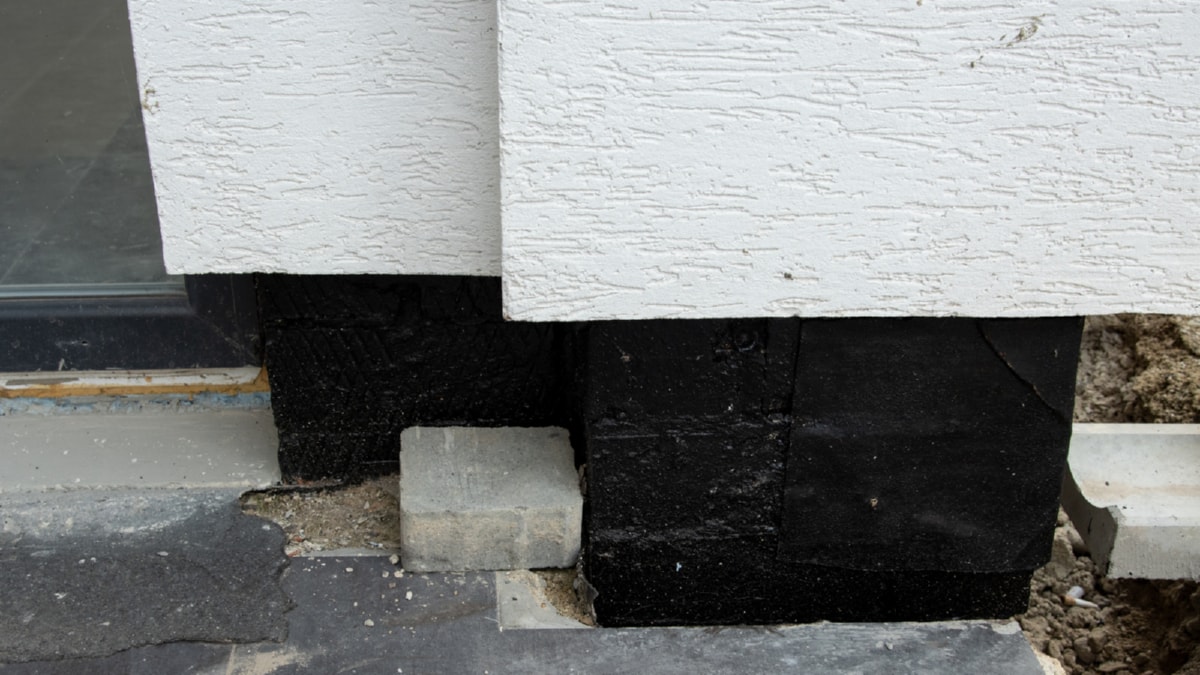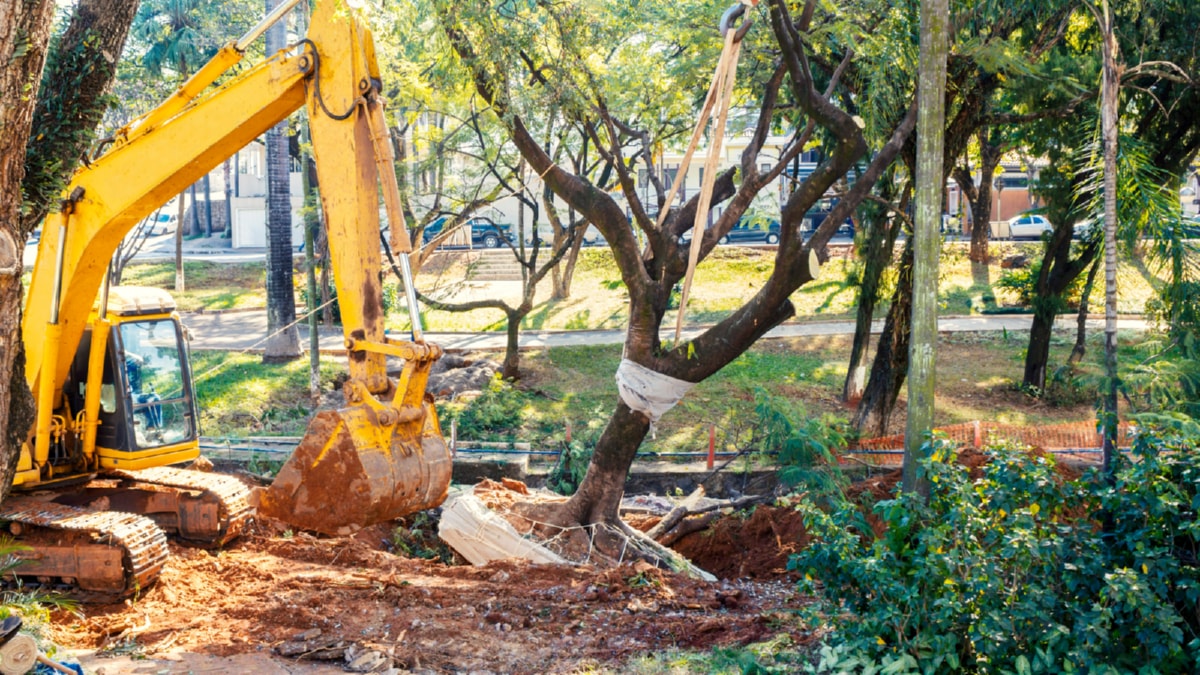Operating construction projects in adverse weather conditions is no small feat. It requires meticulous planning, expertise and a deep understanding of the environment. This article will provide an essential guide to ensure successful construction even in the harshest weather conditions.
The first step in any construction project, regardless of the weather, is careful preparation. However, in extreme weather conditions, this becomes even more critical. It’s essential to grasp the local climate and prepare for any potential challenges that may arise. This includes researching weather patterns, understanding seasonal changes, and preparing for unexpected weather events. An expert in meteorology or climate science can provide invaluable insights in this area.
Next, the right materials are crucial. In hot climates, materials that can withstand high temperatures and direct sunlight are necessary, such as steel, concrete, or specially-treated wood. In extremely cold conditions, materials that provide excellent insulation like brick, stone, or insulated concrete are beneficial. The materials also need to be resistant to potential deterioration caused by excessive humidity, salinity, or other environmental factors.
Well-planned scheduling is another crucial aspect of building in extreme weather conditions. In areas with harsh winters or rainy seasons, construction may need to be scheduled during the more temperate seasons. This requires thoughtful planning and a resilient approach to dealing with unexpected weather events.
Safety protocols are also paramount in extreme weather conditions. Workers’ safety should always be the top priority, and this requires adequate preparation for handling harsh weather conditions and potential emergencies. This may include training on how to operate machinery in severe cold, how to work safely in extreme heat, or how to respond to sudden weather changes.
Finally, the construction site itself needs to be prepared for extreme weather. This may involve reinforcing structures to withstand high winds, establishing drainage systems to handle heavy rain, or protecting buildings from extreme cold. These measures, while potentially costly, can prevent costly delays and ensure the project’s timely completion.
In conclusion, building in extreme weather conditions requires careful planning, the use of suitable building materials, effective scheduling, strict security precautions, and thorough site preparation. With these steps, construction professionals can overcome the challenges of extreme weather and ensure the success of their projects.
For more details, check best Tarmac Contractors Kildare Galway Limerick Mayo Offaly or visit their Tarmac Contractors Kildare Galway Limerick Mayo Offalybusiness listing here.




